Read the first words of the online course about art curatorship by the author Rute Ferreira.
Museu Nacional de Arte Antiga, Lisbon, Portugal.
Art curatorship
Visiting a museum or an art gallery is an activity that most people have experienced at least once in their lifetime. In these environments, there is a permanent cultural dialogue about art, based on each exhibition.
The exhibition of a work of art is an activity that requires care and hard work. Working with art requires a very extensive knowledge of management, logistics and preservation actions.
But what is an exhibition?
Art exhibition is understood as “the public exhibition of objects arranged with the objective of communicating a concept or an interpretation of reality. It can be permanent, temporary or itinerant.”
As you will learn in the art curatorship course it is, first of all, a medium of communication.
When the public visits an exhibition, he can certainly ignore all the work that anticipates what he is being invited to see.
MoMA, USA.
The art curatorship role
The viewer does not need to know the insurance value paid on a work of art that left America for an exhibition in Europe, nor understand how each painting or sculpture was chosen to be there.
This knowledge is the responsibility of those who curate and organize an exhibition.
It is this person – or more generally a group of people – who must have knowledge of each stage of the exhibition process, from beginning to end.
The exhibition spaces
We talk about museums and galleries when we think about exhibition, because traditionally they are the places associated to this kind of activity.
However, as you will be able to verify during the art curatorship course, the semantic and aesthetic boundaries are questioned today.
We can even consider the internet as an exhibition space.

Cafes, restaurants, schools and companies can also be an exhibition space for works of art.
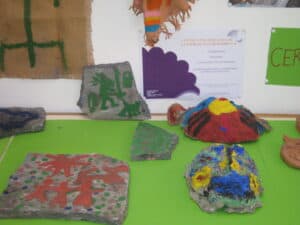
Everything depends on what you expect to exhibit, how you intend to exhibit, what your goals are and the way to mediate.
In any case, an exhibition involves a considerable number of people and tasks.
The concept of an art exhibition
First of all, the concept of any exhibition needs to be well justified.
An exhibition needs to have an objective, which can be from the sale of the works of art to the presentation of artists, or cultural access.
There are several objectives and each event must have its own.
art curatorship tasks
Art curatorship is one of the most delicate aspects of setting up an exhibition.
The curatorship of works of art is basically the process of choosing what will be exhibited. This stage also involves the maintenance and preservation of the selected collection.
2 courses package: art analysis + art curating
Learn art communication based on the analysis and interpretation of works.
Every detail needs to be planned and organized in advance so that the objective can be fully accomplished.
These will be the themes of the art curatorship course.
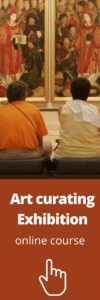 The assembly of an exhibition is, first of all, a work of cultural mediation.
The assembly of an exhibition is, first of all, a work of cultural mediation.
This means that it goes through the educational sector.
When you organize and exhibit works of art in a certain environment, you are committing yourself to the cultural education of a number of people, who may be accessing that space for the first time.
This is serious and important, and further increases the curator’s responsibility.
exhibition as a historical event
It is also important to mention that, although this is not a history course, we will analyze important exhibitions, such as the Impressionists’ exhibition and the Week of Modern Art (1922), in Brazil.
This knowledge is important because it leads us to perceive an exhibition as a historical event, a milestone, and we can ask ourselves what these exhibitions had that was so impressive.
Another point to be analyzed will be the most controversial exhibitions in history.
Such as the one that propagated degenerate art, which happened in Germany, idealized by the Nazis, and recently the Queer Museum, an exhibition that created controversy in Brazil.
Analyzing, understanding and reflecting on these events is important because it brings the exhibition from a place that is only aesthetic and makes us note how it can also be a political activity, for example.
Cultural legislation, preservation of cultural assets, among others, will also be discussed in the art curatorship online course.
What students say about this course
Art curating by fatima.muralha
Start now
Get to know the online courses with international certificate
How to identify Architectural Styles
Interpreting Works of Art – Neoclassicism and Romanticism
Medieval Cities – walled cities in the Middle Ages
About the author

Rute Ferreira
I am an art teacher with a background in theater, art history and museology. I’m also specialized in Distance Education and I work in basic education. I write regularly on the Citaliarestauro.com blog and the Dailyartmagazine.com. I firmly believe that the history of art is the true history of humanity.



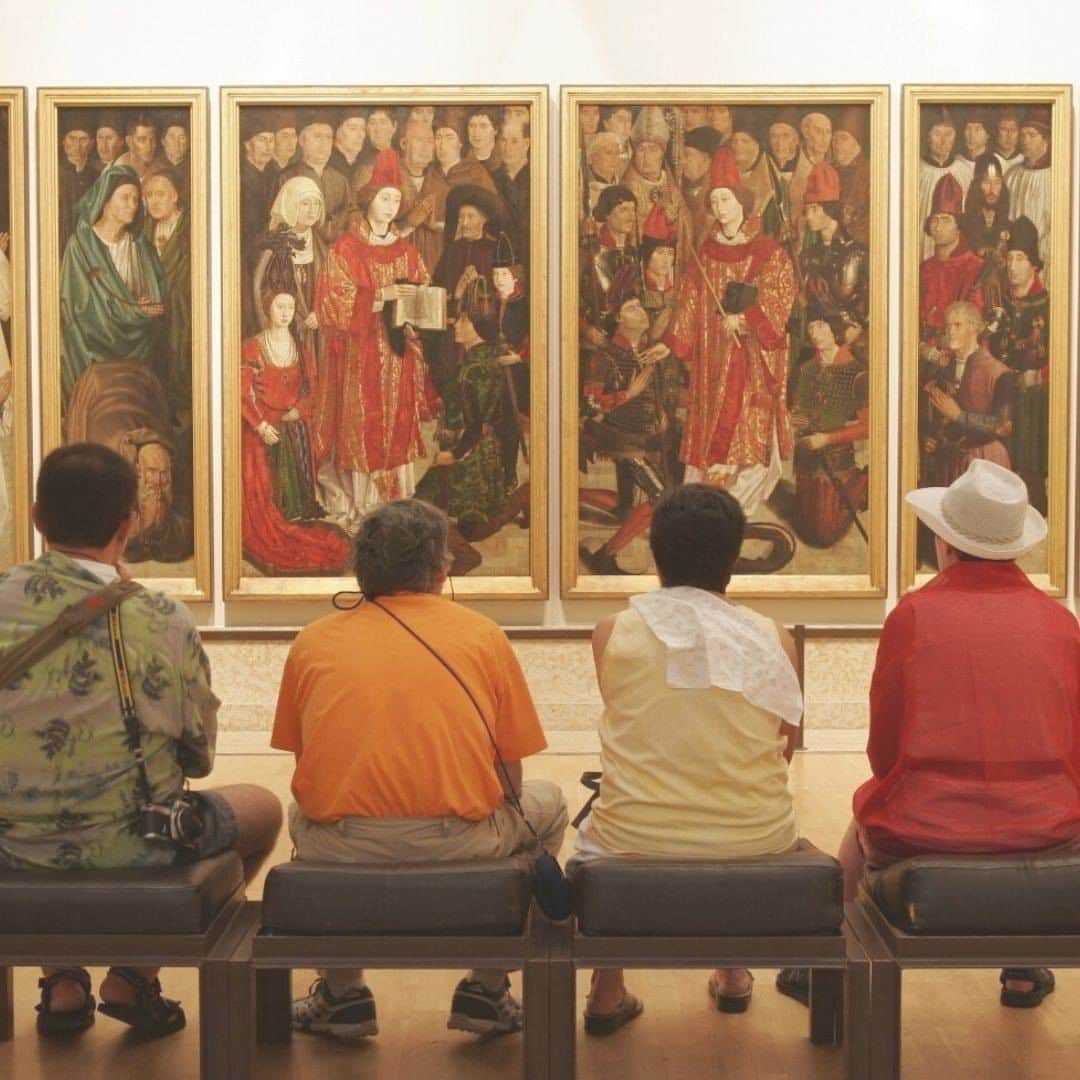
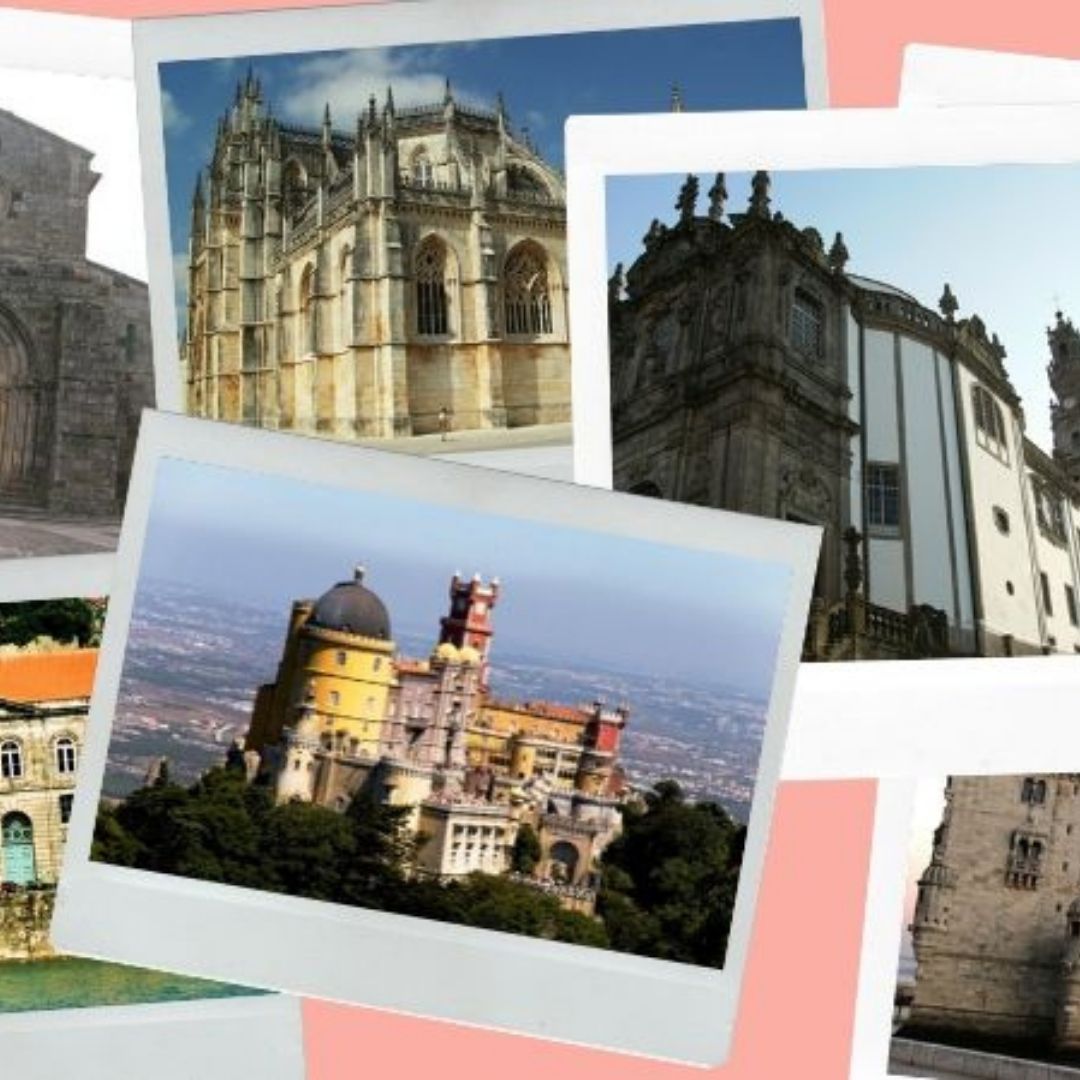
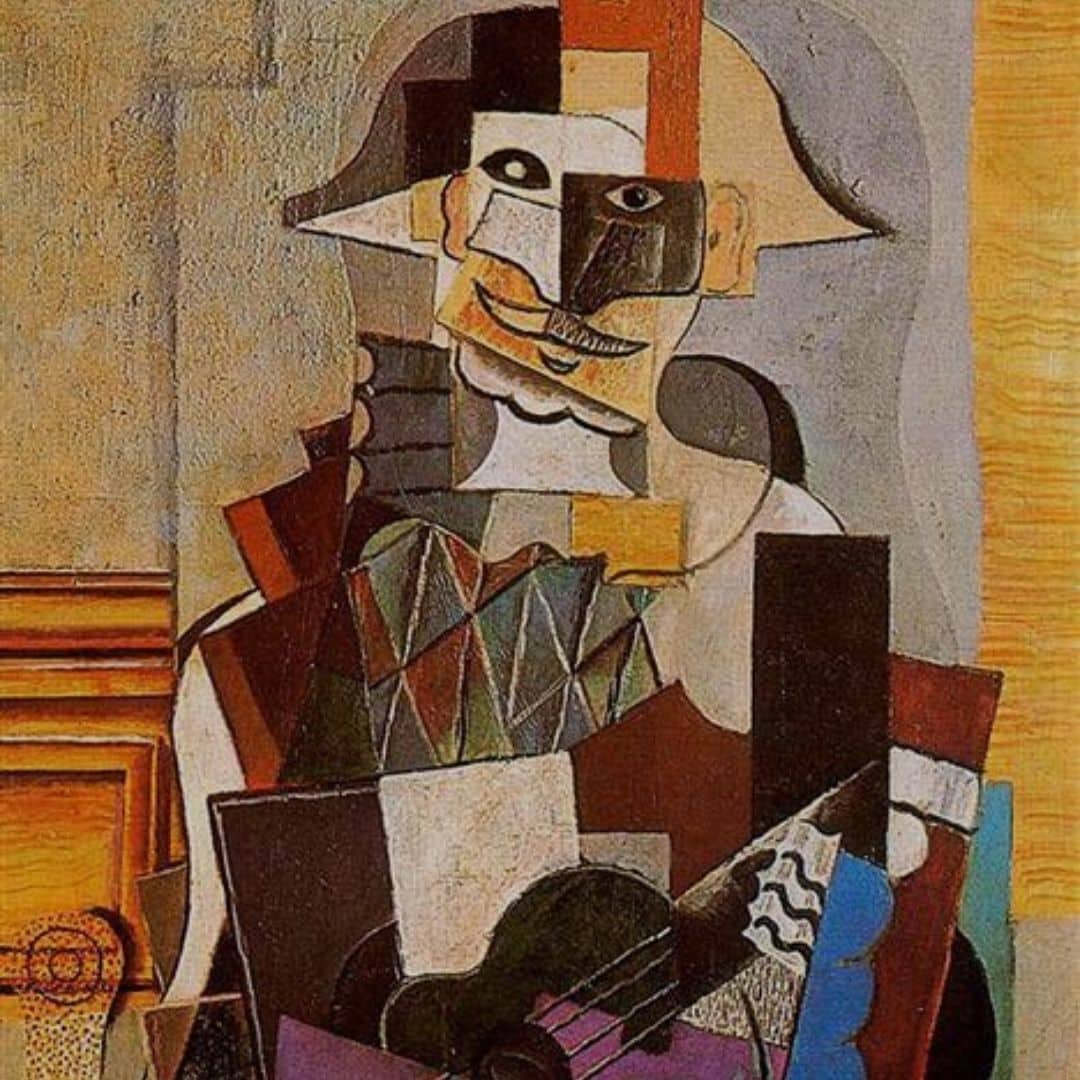
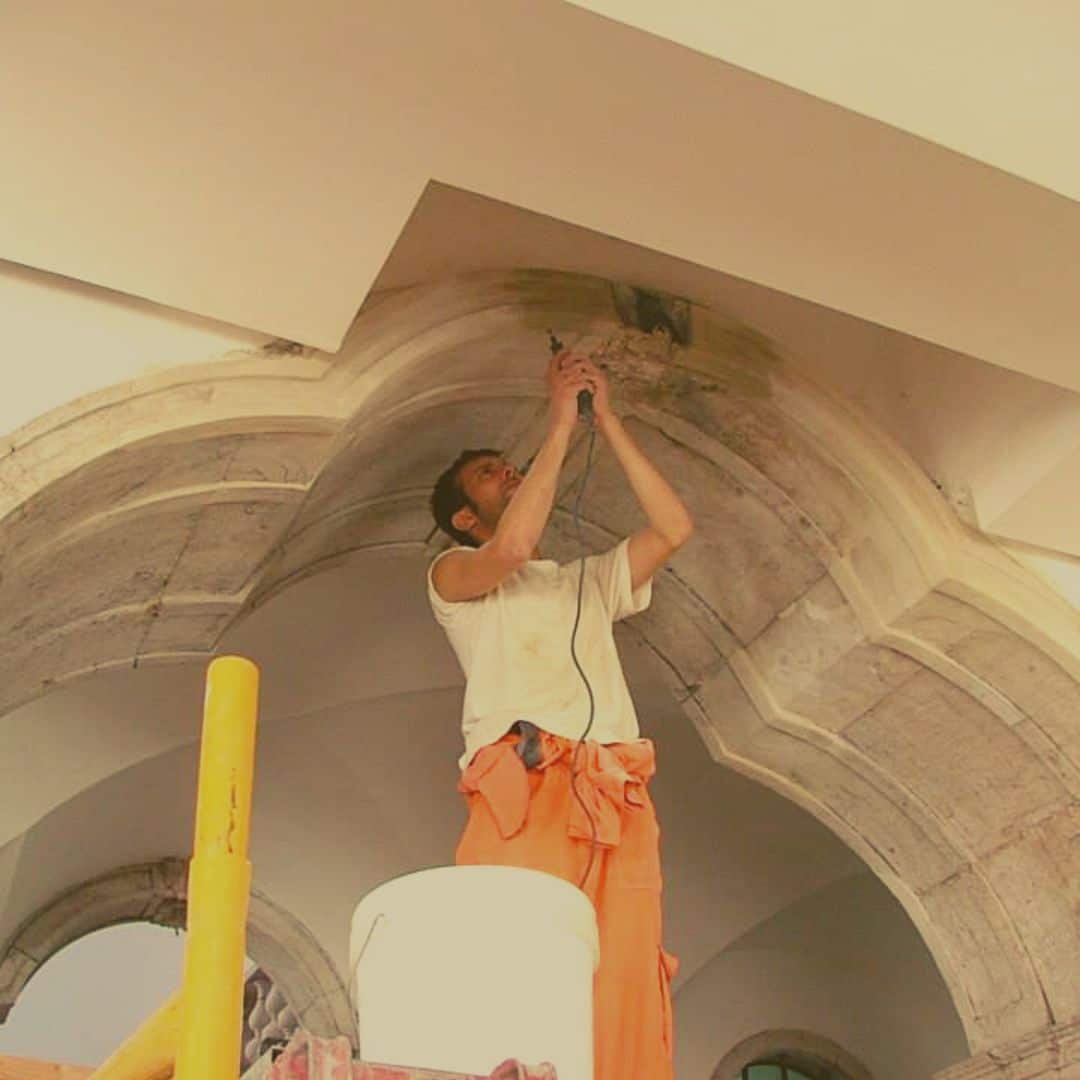

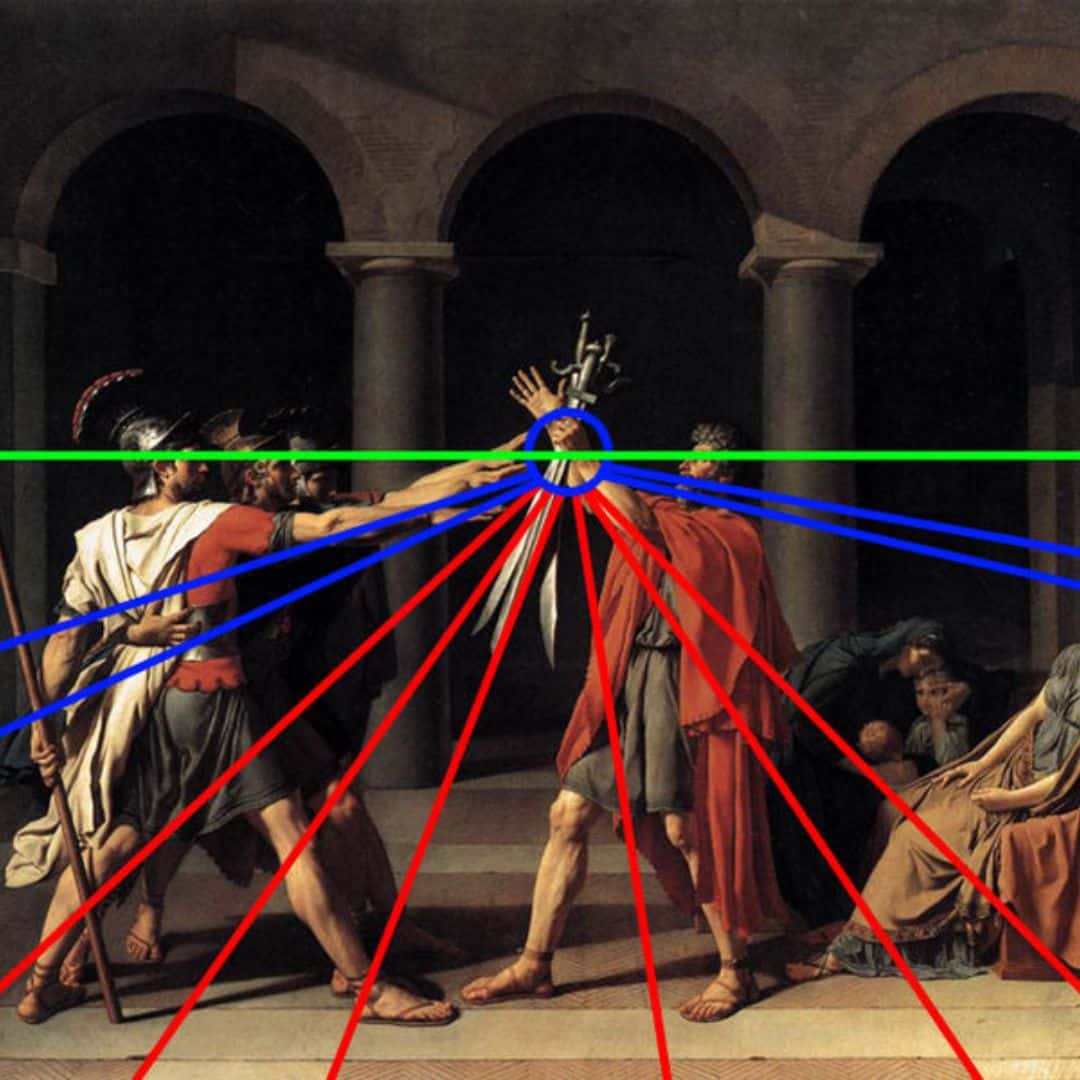
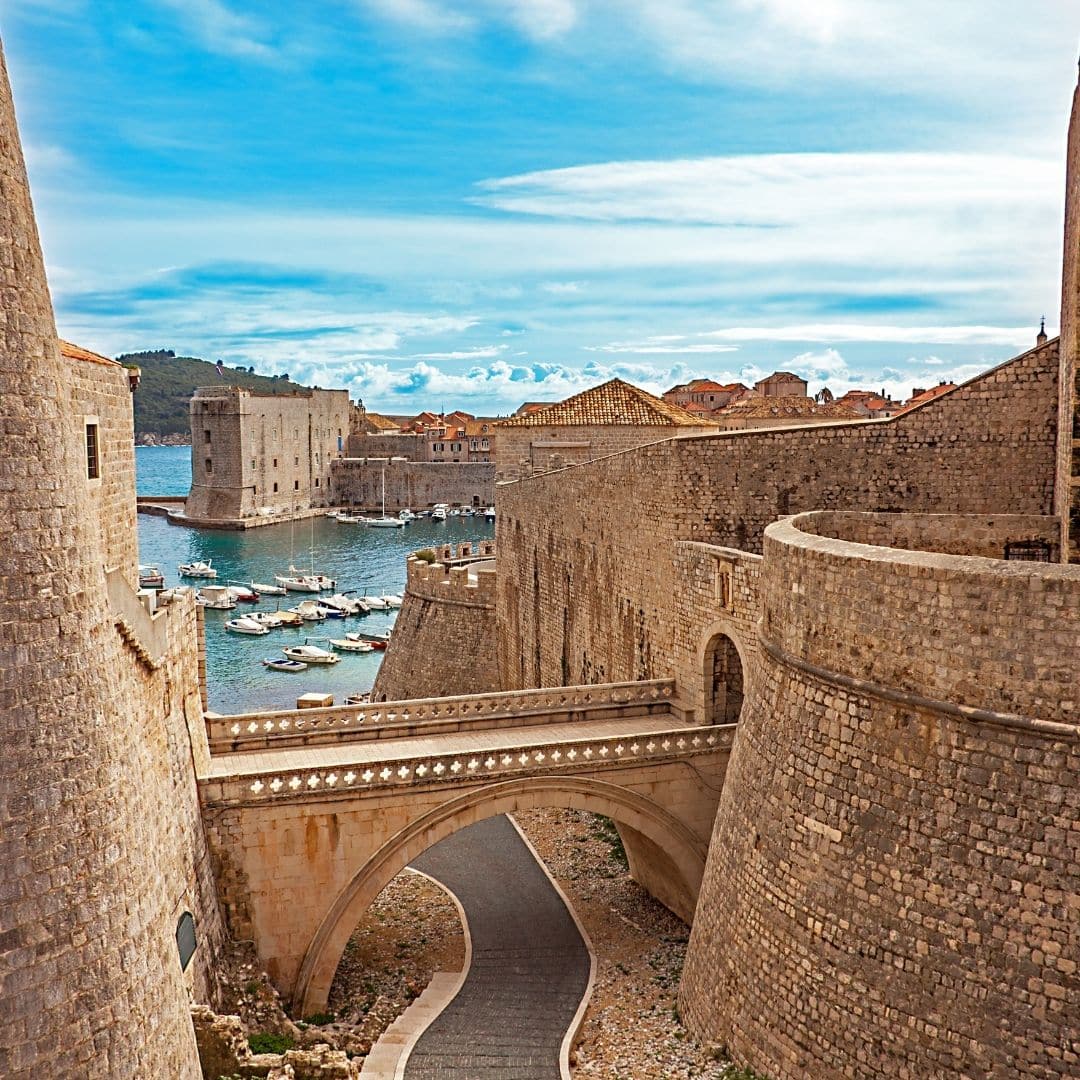

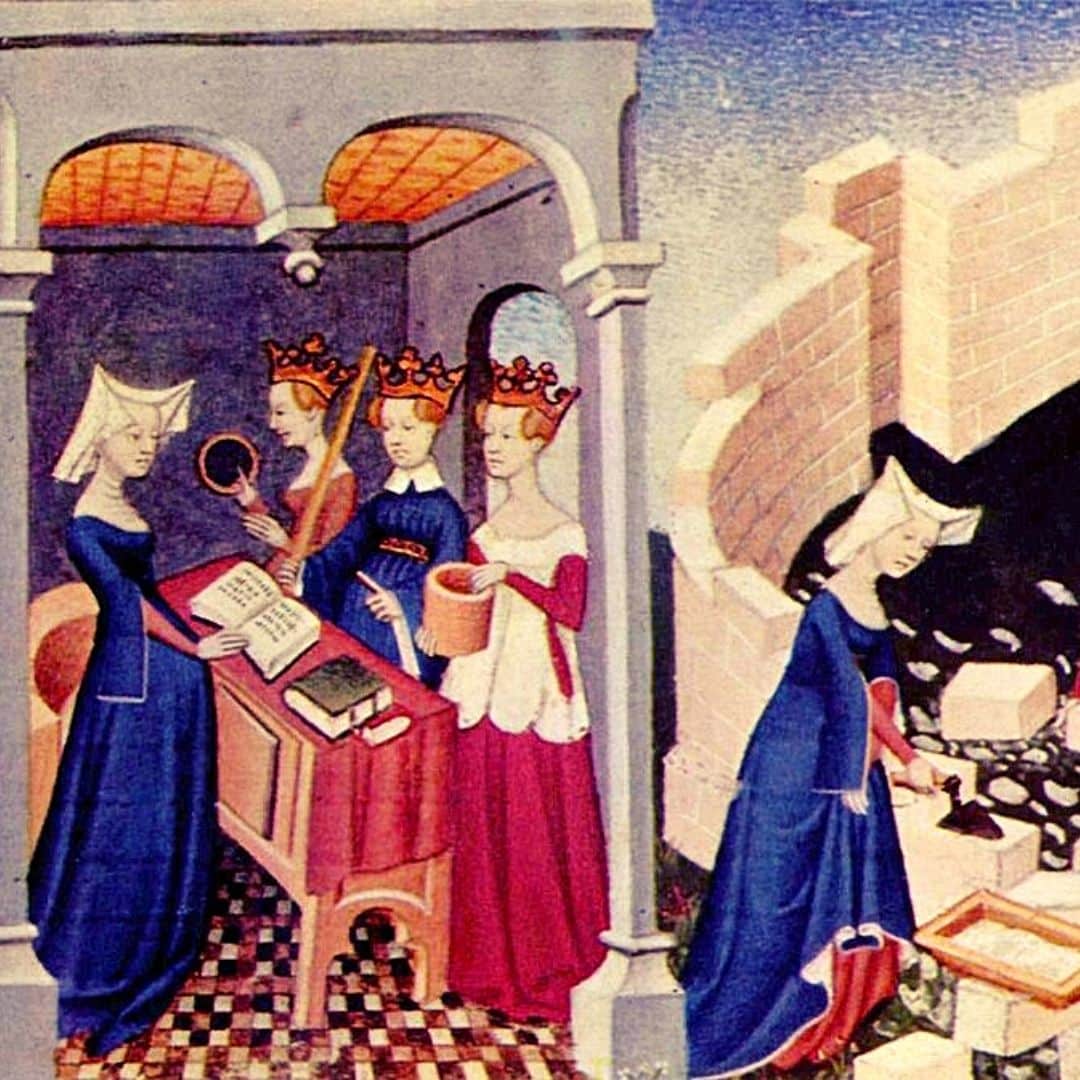

3 Comments.
Hi Really good post note. God bless, cure,invention You writers… 😉 do You seen ?
Hello there! This is my first visit to your blog! We are a group of volunteers and starting a new initiative in a community in the same niche. Your blog provided us useful information to work on. You have done a outstanding job!
Thank you for writing this post!